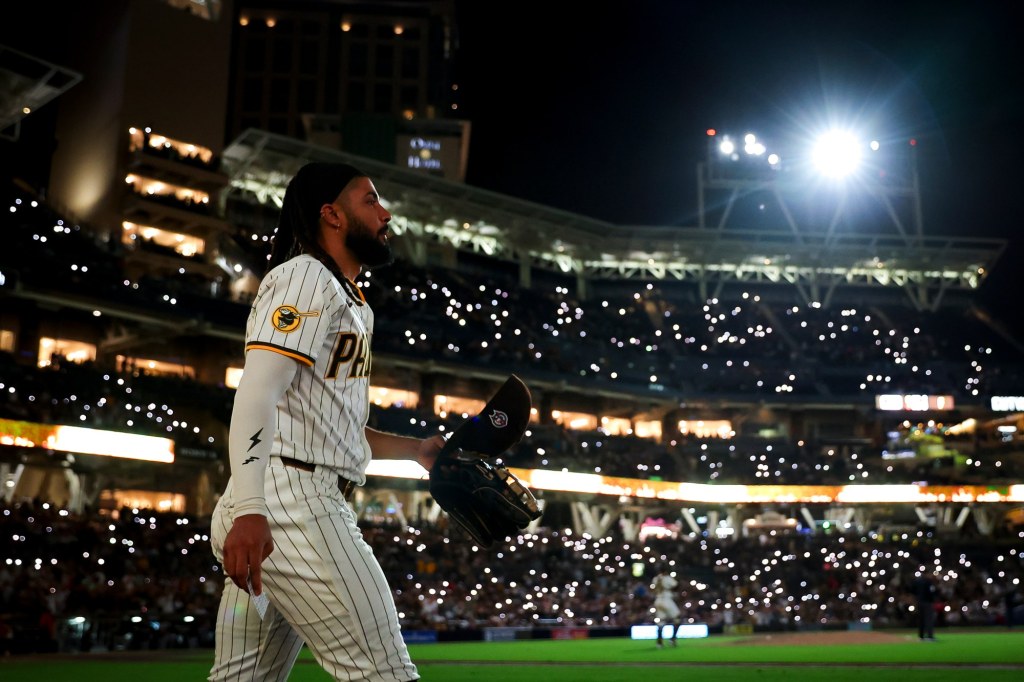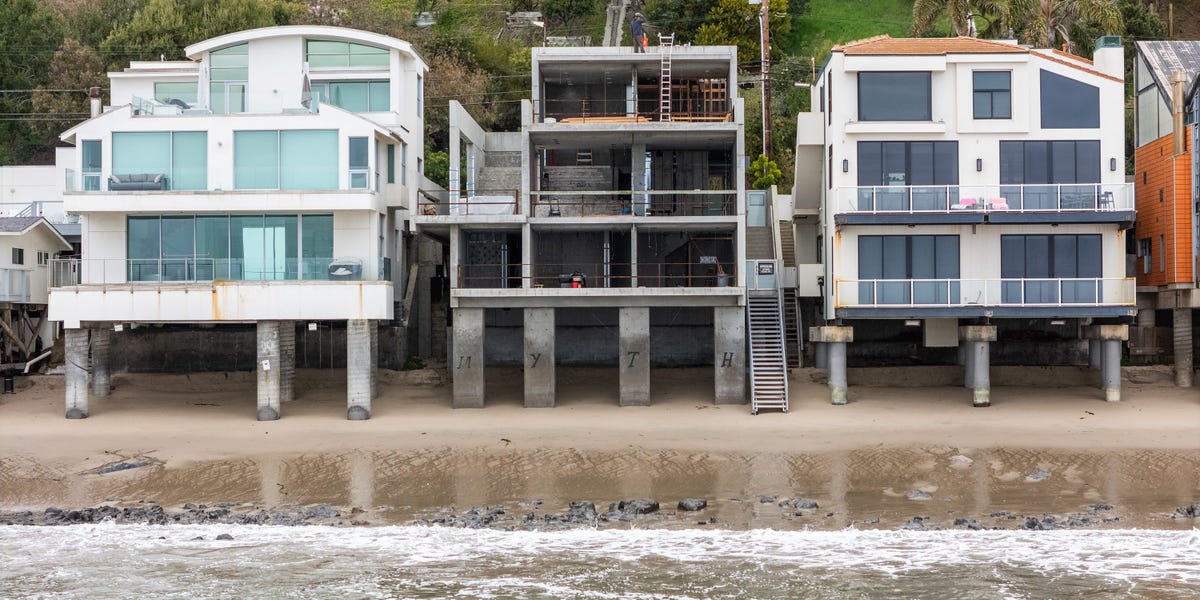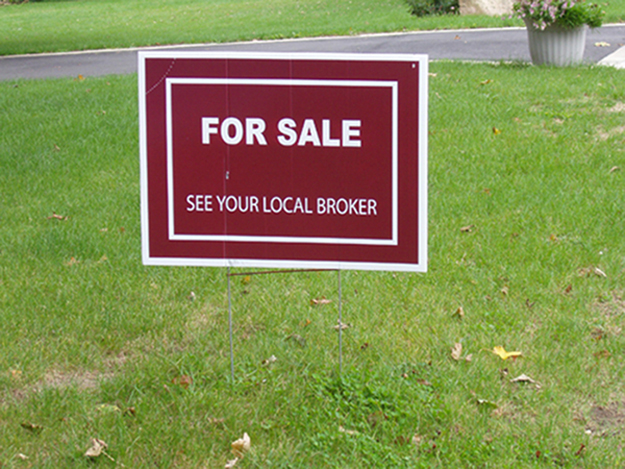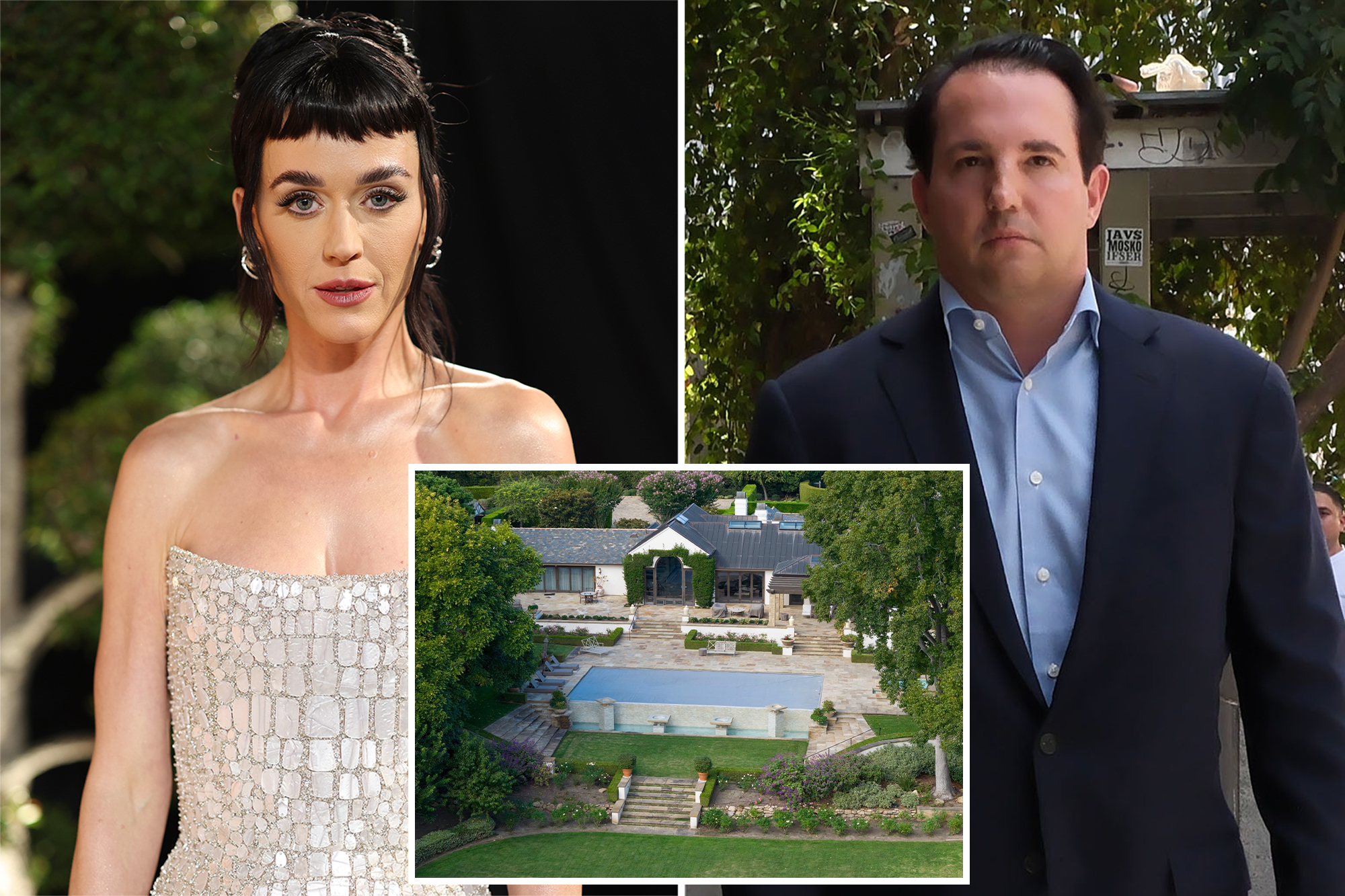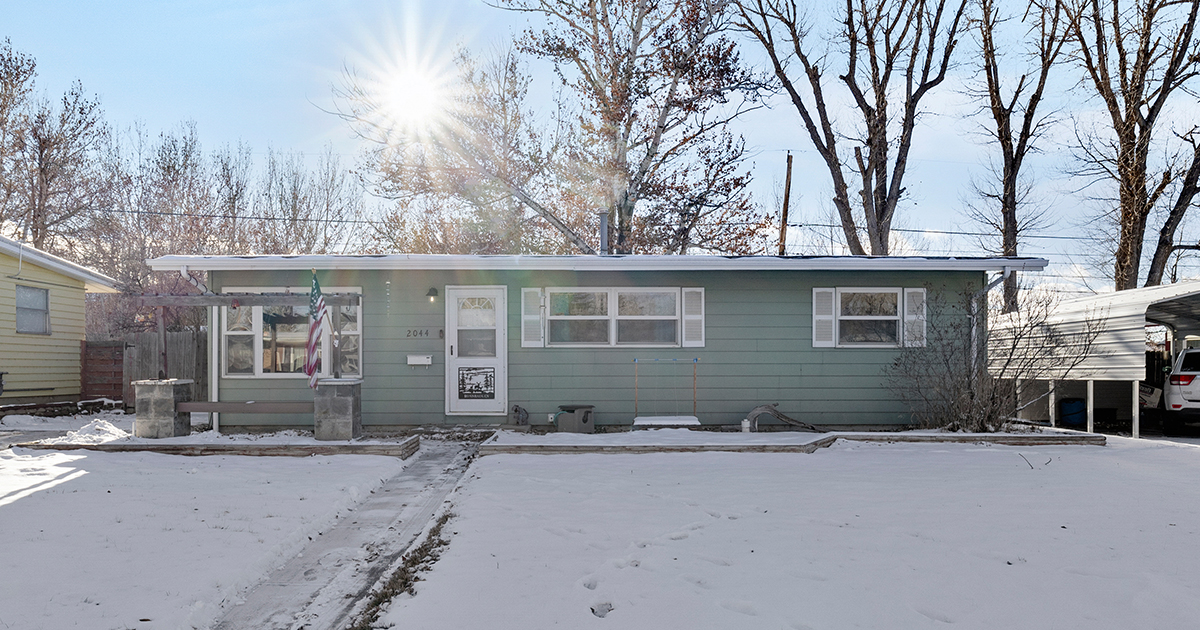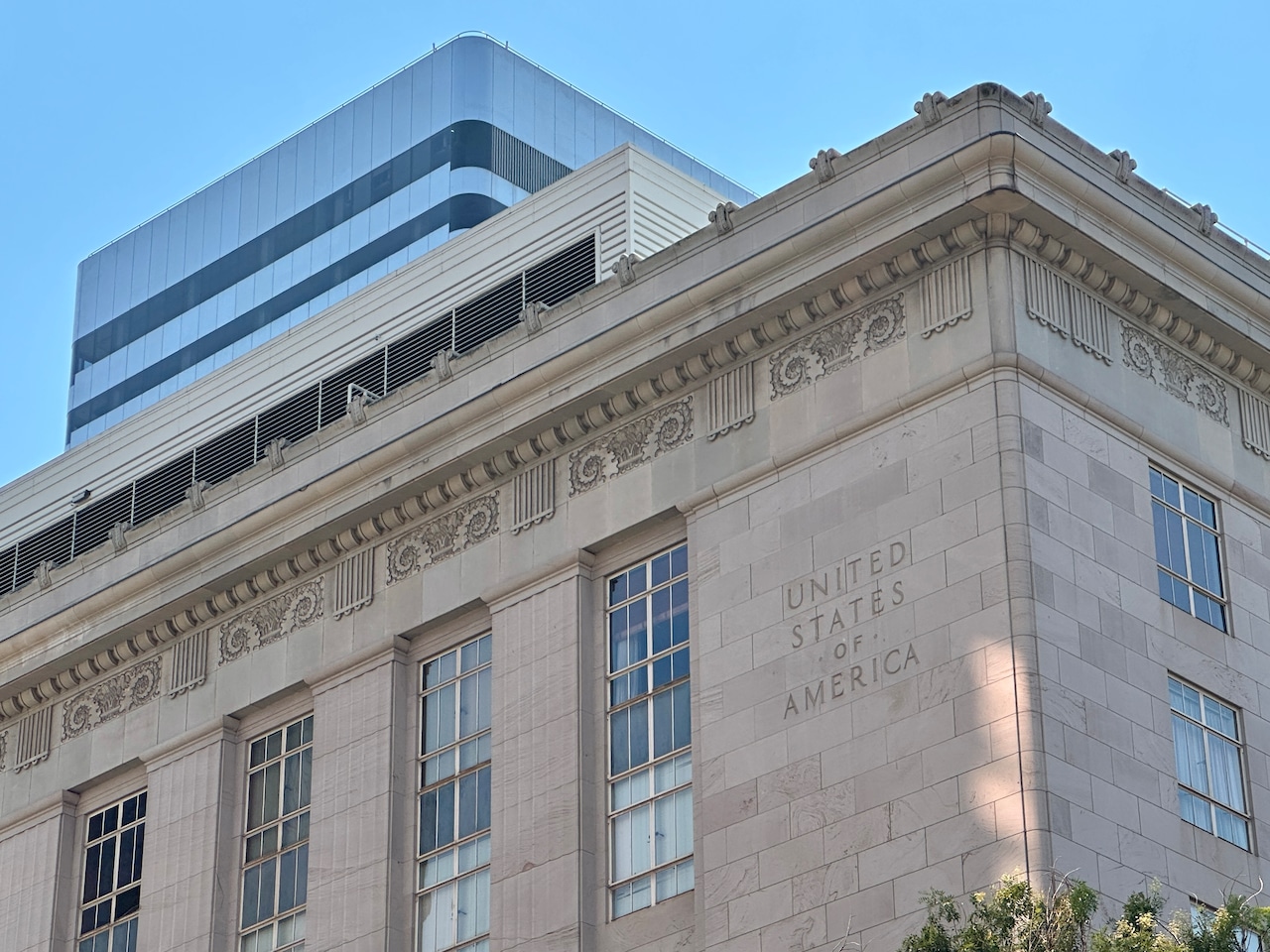T
he Seidler family is weighing a sale of the San Diego Padres. The idea surfaced after former chairman Peter Seidler died in 2022, and it gained traction when his widow, Sheel, filed a lawsuit in January to wrest control from the trust that holds 24 % of the club. The suit seeks to void the trust’s appointment of Seidler’s brother, John, as the team’s controlling figure. The litigation is still pending, with no new filings since May.
John Seidler announced on Thursday that the family is “evaluating our future with the Padres, including the possibility of a sale.” Forbes placed the franchise at $1.95 billion ahead of the 2025 season. Recent MLB transactions suggest a price roughly 5½ times annual revenue; with the Padres generating about $500 million a year, the sale could approach $2.75 billion.
The potential end of an era raises several questions: Who first pushed for a sale? Do the remaining owners have the capital to buy out the interested party? How serious is the Seidler family about selling? And who might step in to purchase the team?
The Padres’ “evaluation” could signal a long, uncertain road. The Pohlad family explored options for ten months before deciding in August that the Twins were not for sale, ultimately bringing in new investors after buyers failed to meet a $1.7 billion asking price. The Lerner family held the Nationals on the market for nearly two years before choosing to keep them in February 2024, and Arte Moreno reversed a sale of the Angels after five months on the market in January 2023.
Since the 2012 purchase of the Padres for $800 million—an $800 million price tag that included $200 million of debt and a $200 million outlay for a $1.2 billion cable deal—five MLB teams have changed hands. The Dodgers sold to Guggenheim for $2.15 billion in 2012, followed by a nearly $8 billion Time Warner Cable deal. Steve Cohen bought the Mets for $2.4 billion in 2020. Small‑market clubs are also fetching top dollar: the Marlins sold for $1.2 billion in 2017, the Royals for $1 billion in 2019, the Orioles for $1.725 billion last year, and the Rays for $1.7 billion in September.
Any sale will carry the Padres’ current debt load—about $300 million in player contracts and $150 million in minority‑owner paybacks from recent cash infusions—along with the franchise’s market position in Southern California and its growing global footprint. “You evaluate everything,” said Marc M. Stern, a Greenberg Glusker partner who handled the Donald Sterling trust dispute that led to the Clippers’ sale in 2014. “What can I improve, where can I make more money, and where is the operation already at a maximum?”
Stern and Corey Martin of Granderson Des Rochers see the debt not as a red flag but as the “cost of doing business.” Martin noted that the $301 million owed to Manny Machado, $286 million to Fernando Tatis Jr., and $200 million to Xander Bogaerts could be absorbed, depending on future revenue streams and the next collective bargaining agreement. Other uncertainties—such as a potential work stoppage after the 2026 CBA expires and MLB’s plan to centralize local TV rights into a digital package by 2028—remain long‑term considerations for a short‑term investment.
“The Padres have more than doubled in value under the Seidler stewardship,” said Martin. “On the field, they’re in a golden era: back‑to‑back playoff appearances, four postseason berths in six years, record attendance for three straight seasons, and top‑10 national revenue from non‑media sources.” Their proximity to Mexico and investment in international talent give the club a worldwide reach.
Finding the right buyer will likely involve BTD & MSD Partners, the financial firm advising the Seidler family, looking at recent bidders who fell short in other MLB deals. Ted Leonsis offered over $2 billion for the Nationals before the Lerner family kept them. The Ishbia brothers—owners of the Suns and Mercury—were potential Twins buyers before the club was pulled off the market. Joe Lacob and Patrick Soon‑Shiong were rumored to be interested in the Angels before Moreno decided to stay. In San Diego, Joe Tsai owns the Nets and has a La Jolla home, but he has no known MLB stake. Mark Cuban, who once eyed the Cubs, Rangers, and Dodgers, now focuses on Harbinger Sports Partners, a private‑equity group that spreads $750 million across 5–15 assets, each capped at 5 % ownership. Hedge funds Ares Management and Arctos Sports Partners have also pursued team ownership; Arctos already holds a minor stake in the Padres.
Why would anyone buy an MLB franchise? “It’s like beachfront real estate,” Martin explained. “In a prime community, there are only a handful of beach houses. That scarcity makes them trophy assets.” With the Padres now on the market, the supply is limited, and demand from wealthy investors and sports‑centric conglomerates is likely to rise.
